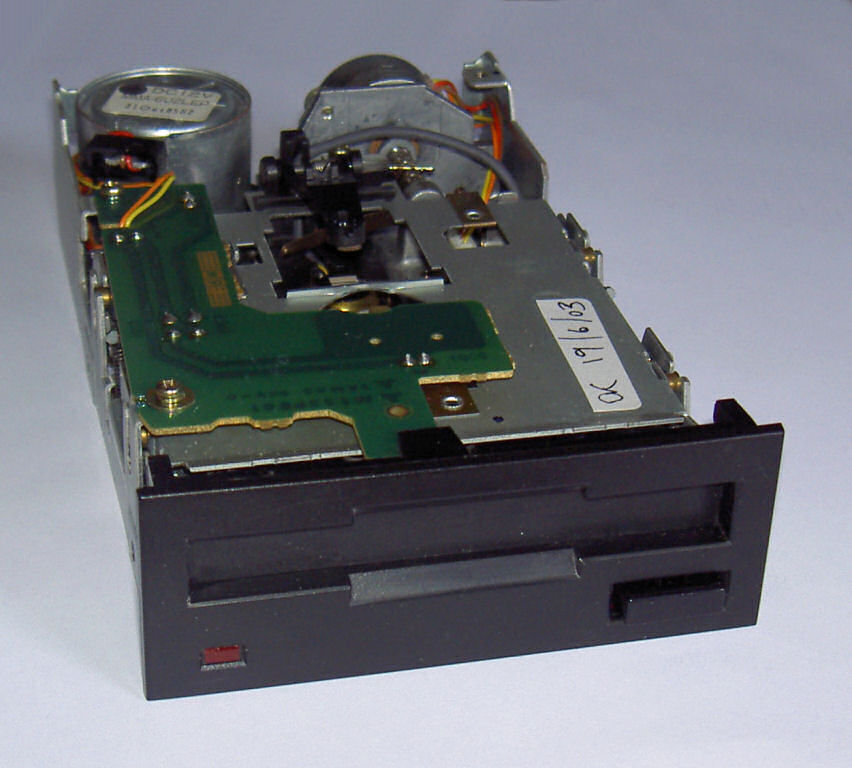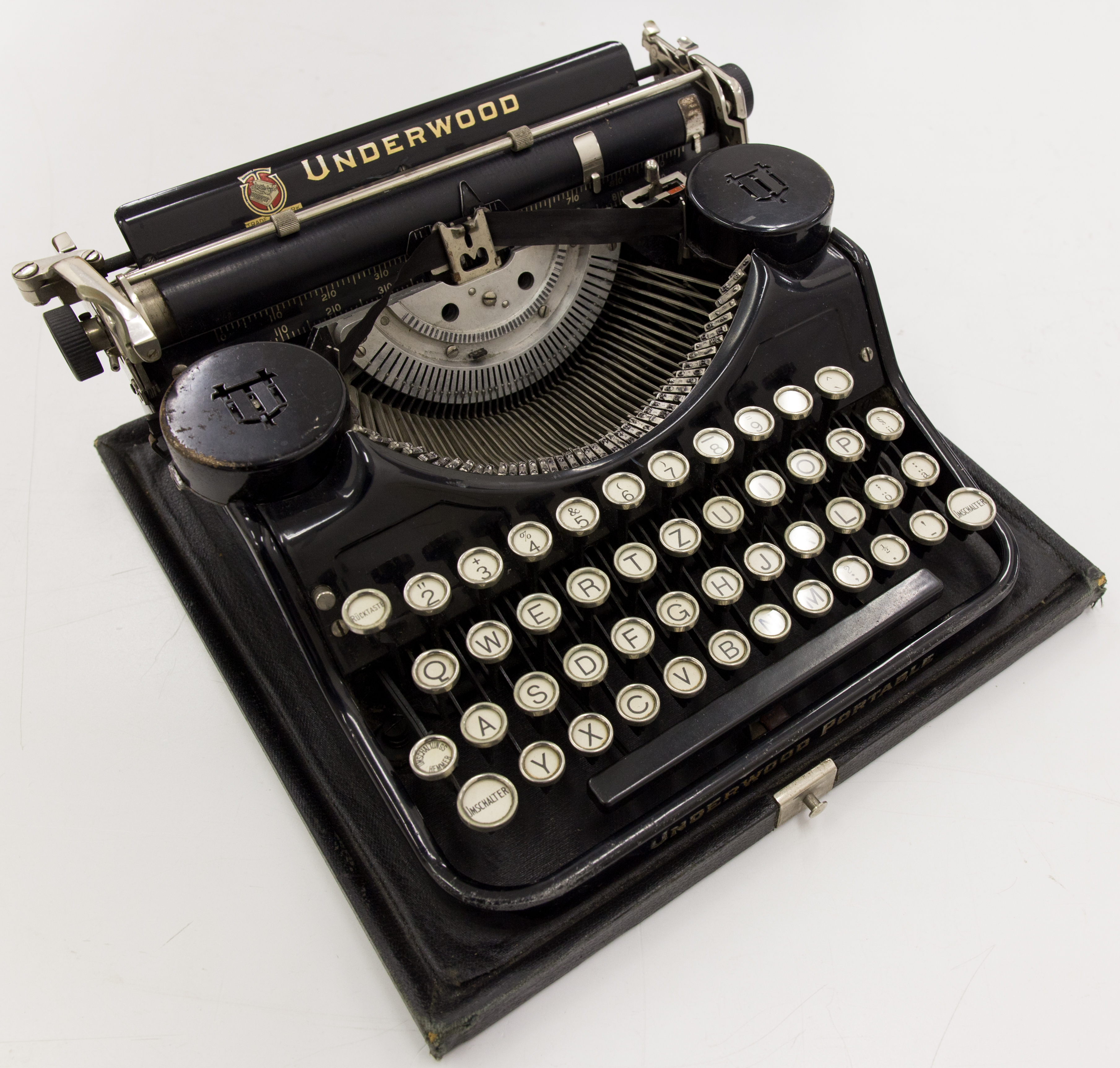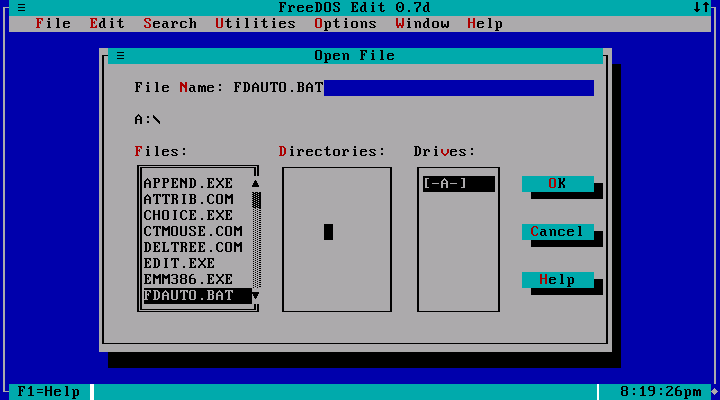|
Amstrad PCW
The Amstrad PCW series is a range of personal computers produced by United Kingdom, British company Amstrad from 1985 to 1998, and also sold under licence in Europe as the "Joyce" by the German electronics company Schneider Computer Division, Schneider in the early years of the series' life. The PCW, short for ''Personal Computer Word-processor'', was targeted at the word processing and Small office/home office, home office markets. When it was launched the cost of a PCW system was under 25% of the cost of almost all IBM-compatible PC systems in the UK, and as a result the machine was very popular both in the UK and in Europe, persuading many technophobes to venture into using computers. The series sold 8 million units. The last two models, introduced in the mid-1990s, were commercial failures, being squeezed out of the market by the falling prices, greater capabilities, and wider range of software for IBM PC compatibles. The series consists of PCW 8256 and PCW 8512 (introduced in ... [...More Info...] [...Related Items...] OR: [Wikipedia] [Google] [Baidu] |
Amstrad
Amstrad plc was a British consumer electronics company, founded in 1968 by Alan Sugar. During the 1980s, the company was known for its Home computer, home computers beginning with the Amstrad CPC and later also the ZX Spectrum range after the Sinclair Research, Sinclair deal, which led it to have a substantial share of the home computer market in Britain. In the following decade it shifted focus towards communication technologies, and its main business during the 2000s was the manufacture of satellite television set-top boxes for Sky UK, Sky, which Amstrad had started in 1989 as the then sole supplier of the emerging Sky TV service. Headquartered in Brentwood, Essex, Brentwood, the company was listed on the London Stock Exchange from 1980 to 2008, the year when Sugar stepped down after 40 years. After acquiring Betacom and Viglen, Amstrad was broken up in 1997 but the name was soon revived when successor Betacom plc renamed itself to Amstrad plc. Amstrad was a FTSE 100 Index co ... [...More Info...] [...Related Items...] OR: [Wikipedia] [Google] [Baidu] |
Operating System
An operating system (OS) is system software that manages computer hardware and software resources, and provides common daemon (computing), services for computer programs. Time-sharing operating systems scheduler (computing), schedule tasks for efficient use of the system and may also include accounting software for cost allocation of Scheduling (computing), processor time, mass storage, peripherals, and other resources. For hardware functions such as input and output and memory allocation, the operating system acts as an intermediary between programs and the computer hardware, although the application code is usually executed directly by the hardware and frequently makes system calls to an OS function or is interrupted by it. Operating systems are found on many devices that contain a computerfrom cellular phones and video game consoles to web servers and supercomputers. , Android (operating system), Android is the most popular operating system with a 46% market share, followed ... [...More Info...] [...Related Items...] OR: [Wikipedia] [Google] [Baidu] |
Locomotive Software
Locomotive Software was a small British software house that did most of its development for Amstrad's home and small business computers of the 1980s. It was founded by Richard Clayton and Chris Hall on 14 February 1983. It wrote or contributed significantly to the ROMs of the Amstrad CPC 464, Amstrad CPC 664 and Amstrad CPC 6128 home computers, the Amstrad PCW wordprocessor and the later Amstrad-manufactured ZX Spectrum +2A, +2B and +3 machines, amongst others. Its Locomotive BASIC for the CPC range was a fast and highly featured implementation of BASIC for the time and later led to the development of Mallard BASIC for Amstrad's CP/M+ machines. Locomotive was also responsible for the ports of the CP/M operating system to Amstrad machines — initially 2.2 for the CPC 464 and CPC 664 and later CP/M 3.0 ("CP/M+") for the CPC 6128, PCW range and Spectrum +3. A later Locomotive BASIC was BASIC2 for Digital Research's GEM graphical user interface, as supplied with the Amstrad ... [...More Info...] [...Related Items...] OR: [Wikipedia] [Google] [Baidu] |
Amstrad CPC
The Amstrad CPC (short for "Colour Personal Computer") is a series of 8-bit home computers produced by Amstrad between 1984 and 1990. It was designed to compete in the mid-1980s home computer market dominated by the Commodore 64 and the ZX Spectrum; it successfully established itself primarily in the United Kingdom, France, Spain, and the German-speaking parts of Europe, and also Canada. The series spawned a total of six distinct models: The ''Amstrad CPC 464, CPC 464'', ''CPC 664'', and ''CPC 6128'' were highly successful competitors in the European home computer market. The later ''464 plus'' and ''6128 plus'', intended to prolong the system's lifecycle with hardware updates, were considerably less successful, as was the attempt to repackage the ''plus'' hardware into a game console as the ''GX4000''. The CPC models' hardware is based on the Zilog Z80A CPU, complemented with either 64 or 128 KB of Random-access memory, RAM. Their computer-in-a-keyboard design prominently ... [...More Info...] [...Related Items...] OR: [Wikipedia] [Google] [Baidu] |
ASIC
An application-specific integrated circuit (ASIC ) is an integrated circuit (IC) chip customized for a particular use, rather than intended for general-purpose use, such as a chip designed to run in a digital voice recorder or a high-efficiency video codec. Application-specific standard product chips are intermediate between ASICs and industry standard integrated circuits like the 7400 series or the 4000 series. ASIC chips are typically fabricated using metal–oxide–semiconductor (MOS) technology, as MOS integrated circuit chips. As feature sizes have shrunk and chip design tools improved over the years, the maximum complexity (and hence functionality) possible in an ASIC has grown from 5,000 logic gates to over 100 million. Modern ASICs often include entire microprocessors, memory blocks including ROM, RAM, EEPROM, flash memory and other large building blocks. Such an ASIC is often termed a SoC ( system-on-chip). Designers of digital ASICs often use a hardware des ... [...More Info...] [...Related Items...] OR: [Wikipedia] [Google] [Baidu] |
Page Orientation
Page orientation is the way in which a rectangular page (paper), page is oriented for normal viewing. The two most common types of orientation are ''portrait'' and ''landscape''. The term "portrait orientation" comes from visual art terminology and describes the dimensions used to capture a person's face and upper body in a picture; in such images, the height of the display area is greater than the width. The term "landscape orientation" also reflects visual art terminology, where pictures with more width than height are needed to fully capture the horizon within an artist's view. Besides describing the way documents can be viewed and edited, the concepts of "portrait" and "landscape" orientation can also be used to describe video and photography display options (where the concept of "aspect ratio (image), aspect ratio" replaces that of "page orientation"). Many types of visual media use landscape mode, especially the 4:3 aspect ratio used for classic TV formatting, which is 4 ... [...More Info...] [...Related Items...] OR: [Wikipedia] [Google] [Baidu] |
Typewriter
A typewriter is a Machine, mechanical or electromechanical machine for typing characters. Typically, a typewriter has an array of Button (control), keys, and each one causes a different single character to be produced on paper by striking an ink ribbon, inked ribbon selectively against the paper with a Sort (typesetting), type element. Thereby, the machine produces a legible written document composed of ink and paper. By the end of the 19th century, a ''person'' who used such a device was also referred to as a ''typewriter''. The first commercial typewriters were introduced in 1874, but did not become common in offices in the United States until after the mid-1880s. The typewriter quickly became an indispensable tool for practically all writing other than personal handwritten correspondence. It was widely used by professional writers, in offices, in business correspondence in private homes, and by students preparing written assignments. Typewriters were a standard fixture in m ... [...More Info...] [...Related Items...] OR: [Wikipedia] [Google] [Baidu] |
Alan Sugar
Alan Michael Sugar, Baron Sugar (born 24 March 1947) is a British business magnate, media personality, author, politician, and political adviser. Sugar began what would later become his largest business venture, consumer electronics company Amstrad, in 1968. In 2007, he sold his remaining interest in the company in a deal to BSkyB for £125 million. He was also the chairman and part-owner of Tottenham Hotspur Football Club from 1991 to 2001, selling his remaining stake in the club in 2007 as well, for £25 million. He is the host and "Boss" of the BBC Television reality competition series '' The Apprentice'', which has been broadcast every year, with the exception of 2020 and 2021, since 2005. He also assumed the role for '' The Celebrity Apprentice Australia'' for Australia's Nine Network in 2021 and 2022. Sugar was elevated to the House of Lords in 2009 as a Labour peer and was one of the party's biggest donors, but left the party in 2015 and subsequently expressed support ... [...More Info...] [...Related Items...] OR: [Wikipedia] [Google] [Baidu] |
TRS-80 Model I
The TRS-80 Micro Computer System (TRS-80, later renamed the Model I to distinguish it from successors) is a desktop microcomputer developed by American company Tandy Corporation and sold through their Radio Shack stores. Launched in 1977, it is one of the earliest mass-produced and mass-marketed retail home computers. The name is an abbreviation of ''Tandy Radio Shack, Z80 icroprocessor', referring to its Zilog Z80 8-bit microprocessor. The TRS-80 has a full-stroke QWERTY keyboard, 4 KB dynamic random-access memory (DRAM) standard memory, small size and desk area, floating-point Level I BASIC language interpreter in read-only memory (ROM), 64-character-per-line video monitor, and had a starting price of US$600 (equivalent to US$ in ). A cassette tape drive for program storage was included in the original package. While the software environment was stable, the cassette load/save process combined with keyboard bounce issues and a troublesome Expansion Interface contributed to t ... [...More Info...] [...Related Items...] OR: [Wikipedia] [Google] [Baidu] |
Tandy Corporation
Tandy Corporation was an American family-owned Retail, retailer based in Fort Worth, Texas that made leather goods, operated the RadioShack chain, and later built personal computers. Tandy Leather was founded in 1919 as a leather supply store. By the end of the 1950s, under the tutelage of then-CEO Charles Tandy, the company expanded into the hobby market, making leather moccasins and coin purses, making huge sales among Scouts, leading to a fast growth in sales. Aiming to broaden the company horizon, Charles Tandy acquired a number of craft retail companies, including RadioShack in 1963, then an almost bankrupt chain of electronics stores in Boston. In the 1970s and 1980s, now led by John V. Roach, John Roach as CEO, the corporation started to invest into the personal computer market following the introduction of the popular TRS-80; it was one of the pioneers in the rising personal computer industry, being lauded by the magazine ''Financial World'' as "the driving force at th ... [...More Info...] [...Related Items...] OR: [Wikipedia] [Google] [Baidu] |
Graphical User Interface
A graphical user interface, or GUI, is a form of user interface that allows user (computing), users to human–computer interaction, interact with electronic devices through Graphics, graphical icon (computing), icons and visual indicators such as secondary notation. In many applications, GUIs are used instead of text-based user interface, text-based UIs, which are based on typed command labels or text navigation. GUIs were introduced in reaction to the perceived steep learning curve of command-line interfaces (CLIs), which require commands to be typed on a computer keyboard. The actions in a GUI are usually performed through direct manipulation interface, direct manipulation of the graphical elements. Beyond computers, GUIs are used in many handheld mobile devices such as MP3 players, portable media players, gaming devices, smartphones and smaller household, office and Distributed control system, industrial controls. The term ''GUI'' tends not to be applied to other lower-displa ... [...More Info...] [...Related Items...] OR: [Wikipedia] [Google] [Baidu] |
Text Based
In computing, text-based user interfaces (TUI) (alternately terminal user interfaces, to reflect a dependence upon the properties of computer terminals and not just text), is a retronym describing a type of user interface (UI) common as an early form of human–computer interaction, before the advent of bitmapped displays and modern conventional graphical user interfaces (GUIs). Like modern GUIs, they can use the entire screen area and may accept mouse and other inputs. They may also use color and often structure the display using box-drawing characters such as ┌ and ╣. The modern context of use is usually a terminal emulator. Types of text terminals From text application's point of view, a text screen (and communications with it) can belong to one of three types (here ordered in order of decreasing accessibility): # A genuine text mode display, controlled by a video adapter or the central processor itself. This is a normal condition for a locally running application o ... [...More Info...] [...Related Items...] OR: [Wikipedia] [Google] [Baidu] |










